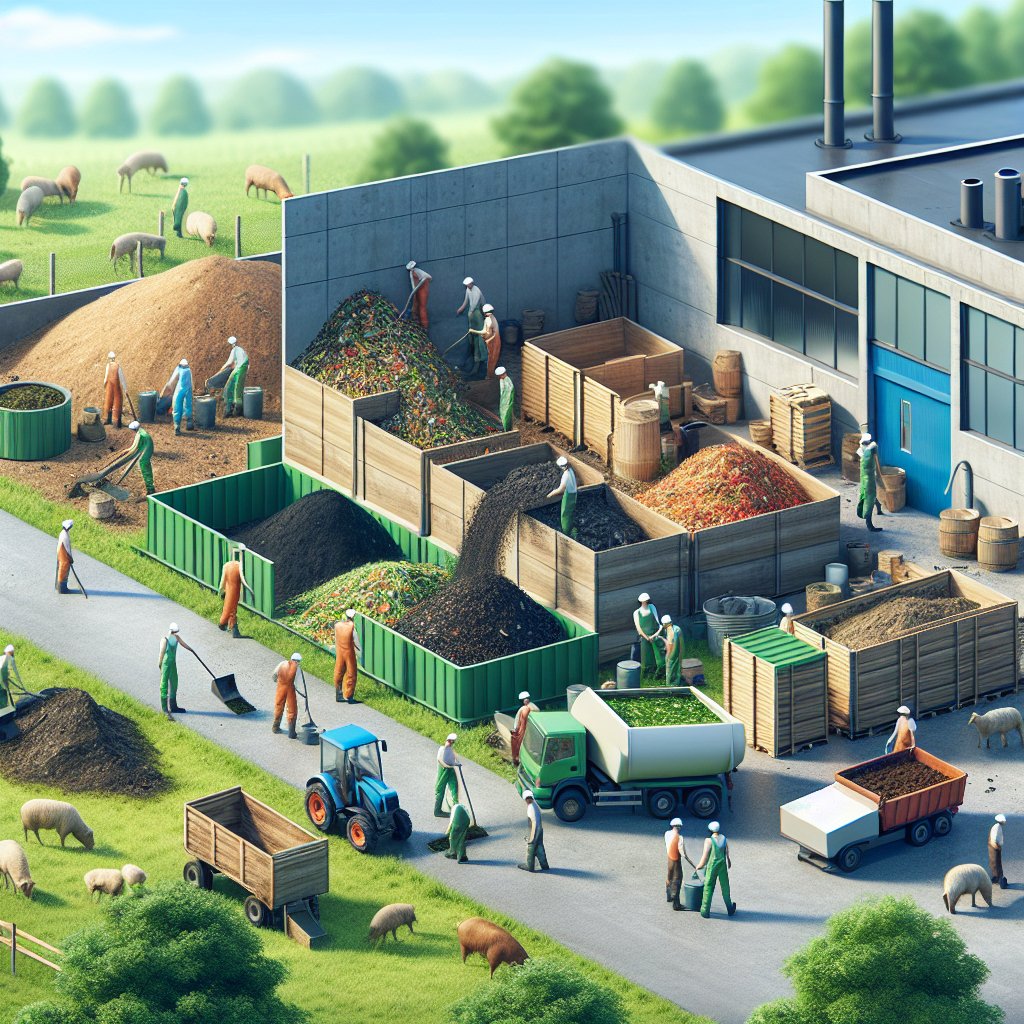Beekeeping, also known as apiculture, is an ancient practice that has gained renewed interest in recent years due to its environmental benefits and the allure of producing one’s own honey. This guide aims to provide beginners with the essential knowledge and steps needed to embark on their beekeeping journey.
Understanding the Basics of Beekeeping
Before diving into the practical aspects of beekeeping, it’s crucial to understand the fundamental concepts and the role bees play in our ecosystem. Bees are not only vital for the production of honey but also play a significant role in pollinating plants, which is essential for food production and biodiversity.
The Importance of Bees
Bees are responsible for pollinating approximately one-third of the food we consume. Their work ensures the growth of fruits, vegetables, and nuts, making them indispensable to agriculture. The decline in bee populations due to factors such as habitat loss, pesticides, and diseases has raised concerns globally, highlighting the importance of beekeeping as a means to support and sustain bee populations.
Types of Bees in a Hive
A typical bee colony consists of three types of bees: the queen, workers, and drones. The queen is the sole egg-layer, responsible for the reproduction and growth of the colony. Worker bees, all female, perform various tasks such as foraging for nectar and pollen, cleaning the hive, and caring for the young. Drones are male bees whose primary role is to mate with a queen from another hive.
Setting Up Your First Beehive
Starting a beehive requires careful planning and consideration of several factors, including location, equipment, and the type of bees you wish to keep. Here, we outline the steps to set up your first beehive successfully.
Choosing the Right Location
The location of your beehive is critical for the health and productivity of your bees. Ideally, the hive should be placed in a sunny spot with some protection from strong winds. It should also be near a water source and have access to a variety of flowering plants for foraging. Additionally, consider the proximity to neighbors and ensure that the hive is placed in a way that minimizes disturbances.
Essential Beekeeping Equipment
Investing in the right equipment is essential for successful beekeeping. The basic equipment includes:
- Beehive: The most common type is the Langstroth hive, which consists of stacked boxes with removable frames.
- Protective Gear: A bee suit, gloves, and a veil are necessary to protect yourself from stings.
- Smoker: Used to calm the bees when inspecting the hive.
- Hive Tool: A multi-purpose tool used for prying apart frames and scraping off excess wax or propolis.
Acquiring Your First Bees
Once your hive is set up, the next step is to acquire bees. There are several ways to obtain bees, including purchasing a nucleus colony (nuc), a package of bees, or capturing a swarm. Each method has its advantages and considerations, so it’s important to research and choose the option that best suits your needs and experience level.
Maintaining a Healthy Hive
Regular maintenance and monitoring are crucial to ensure the health and productivity of your bee colony. This involves inspecting the hive, managing pests and diseases, and ensuring the bees have enough food and resources.
Hive Inspections
Regular hive inspections allow you to monitor the health of the colony, check for signs of disease, and ensure the queen is laying eggs. Inspections should be conducted every 7-10 days during the active season, and less frequently during the winter months.
Managing Pests and Diseases
Bees are susceptible to various pests and diseases, such as Varroa mites, American foulbrood, and Nosema. Implementing integrated pest management strategies, such as maintaining strong colonies, using screened bottom boards, and applying organic treatments, can help manage these threats.
Feeding and Nutrition
Ensuring your bees have access to adequate nutrition is vital for their health and productivity. During times of scarcity, such as early spring or late fall, supplemental feeding with sugar syrup or pollen substitutes may be necessary to support the colony.
Harvesting Honey and Other Products
One of the most rewarding aspects of beekeeping is harvesting honey and other hive products. Understanding the best practices for harvesting and processing these products ensures quality and sustainability.
When and How to Harvest Honey
Honey is typically harvested in late summer when the bees have had ample time to collect nectar and produce honey. It’s important to leave enough honey for the bees to survive the winter. The process involves removing the frames, extracting the honey using a honey extractor, and filtering it to remove impurities.
Other Hive Products
In addition to honey, beekeepers can harvest other valuable products such as beeswax, propolis, and royal jelly. Beeswax can be used to make candles, cosmetics, and other products. Propolis, a resinous substance collected by bees, has medicinal properties and can be used in health supplements. Royal jelly, a nutrient-rich secretion, is often used in dietary supplements and skincare products.
Conclusion
Beekeeping is a rewarding and fulfilling hobby that not only provides delicious honey but also contributes to the health of our environment. By understanding the basics, setting up your hive correctly, and maintaining a healthy colony, you can enjoy the many benefits of beekeeping. As you gain experience, you’ll develop a deeper appreciation for these incredible creatures and the vital role they play in our world.



